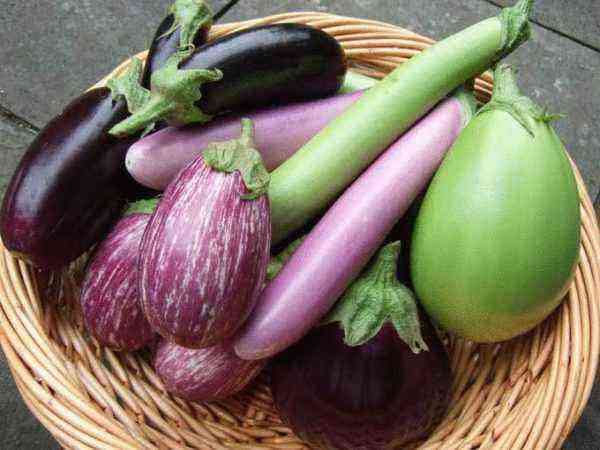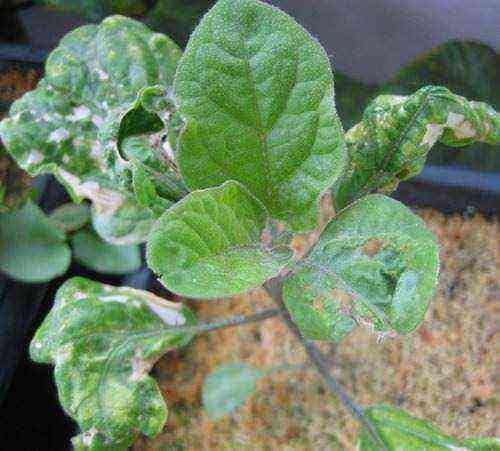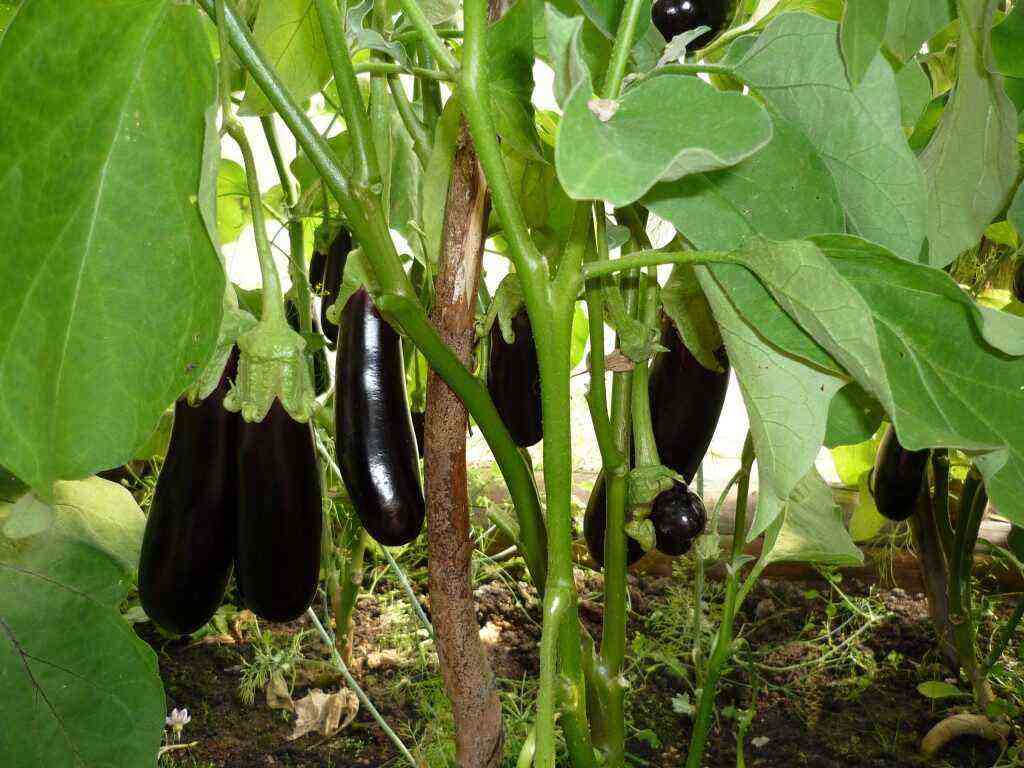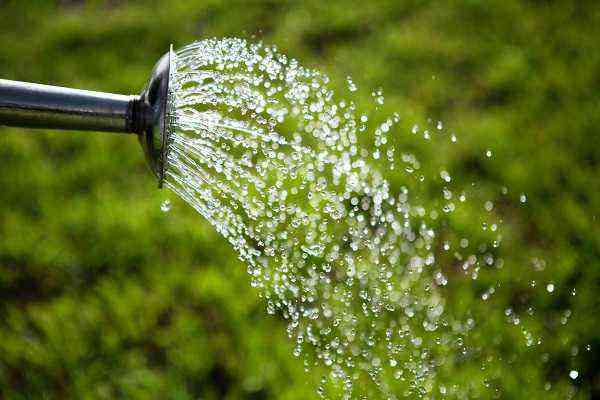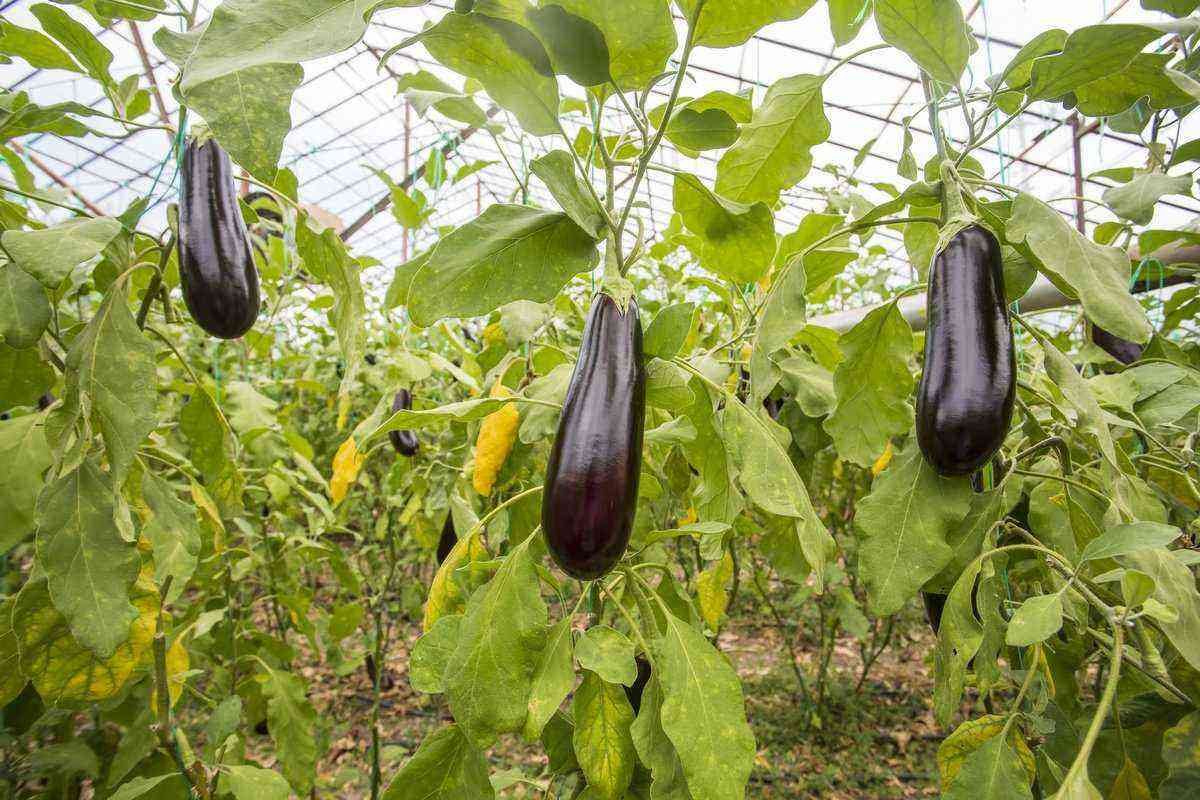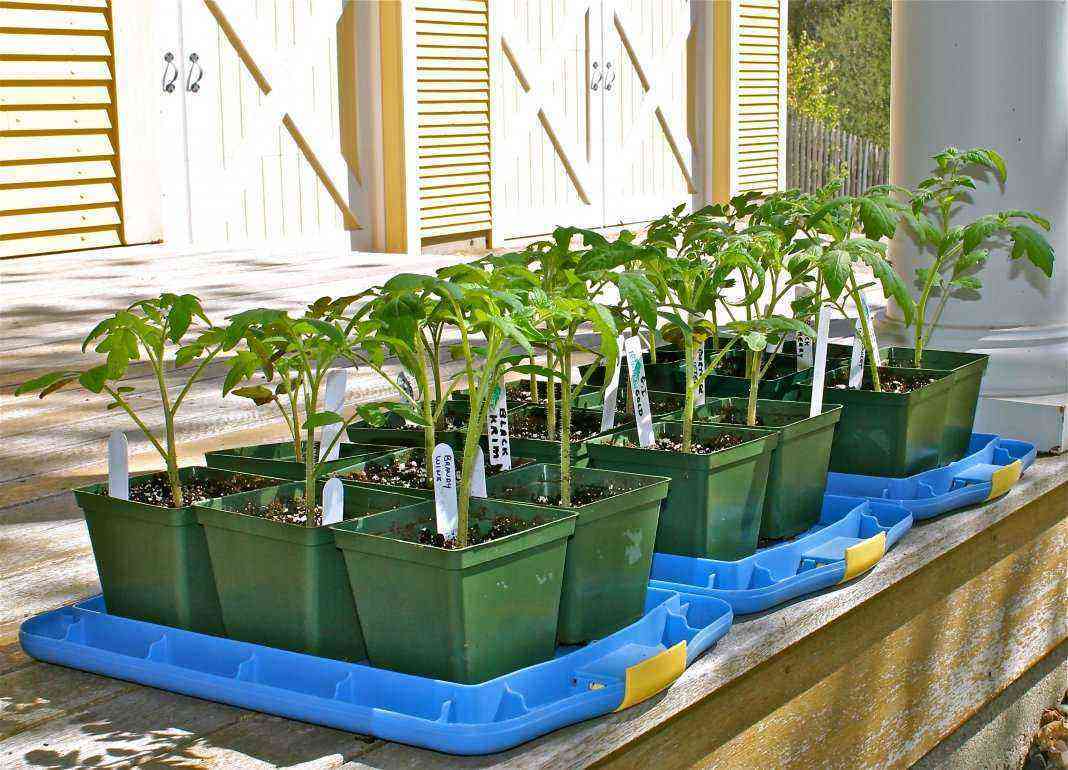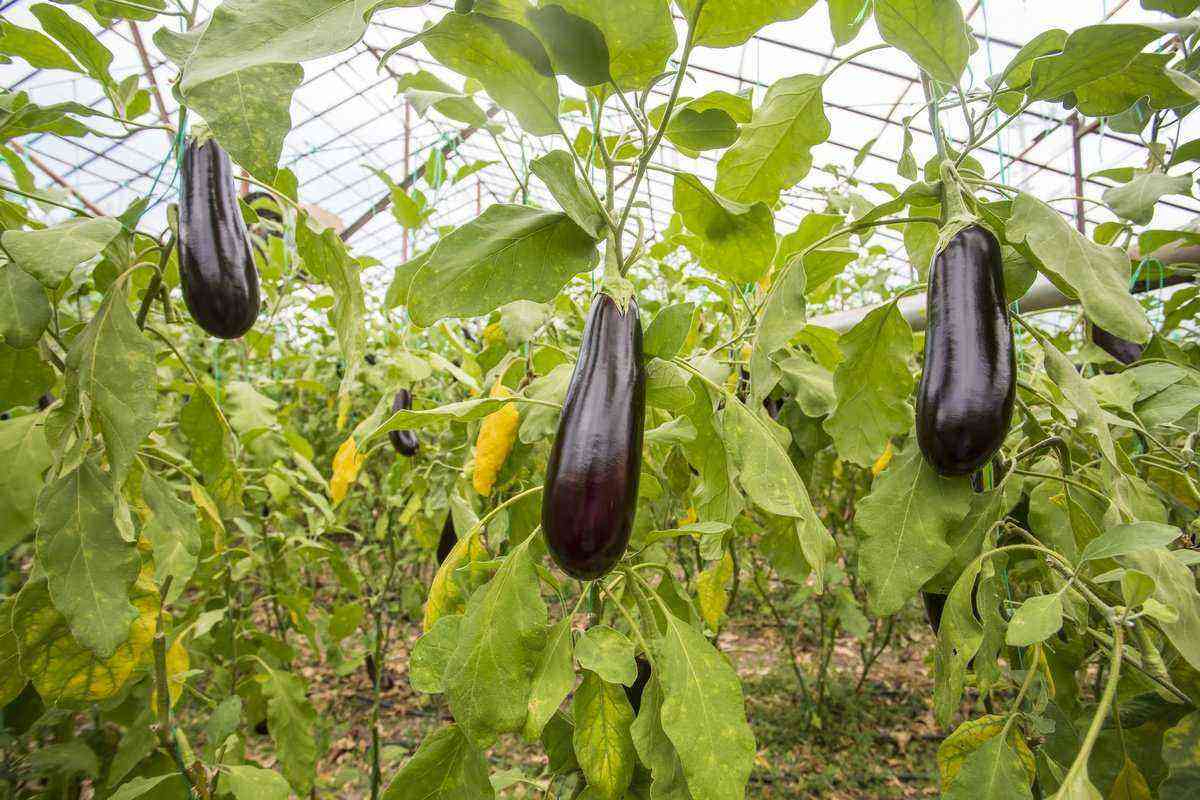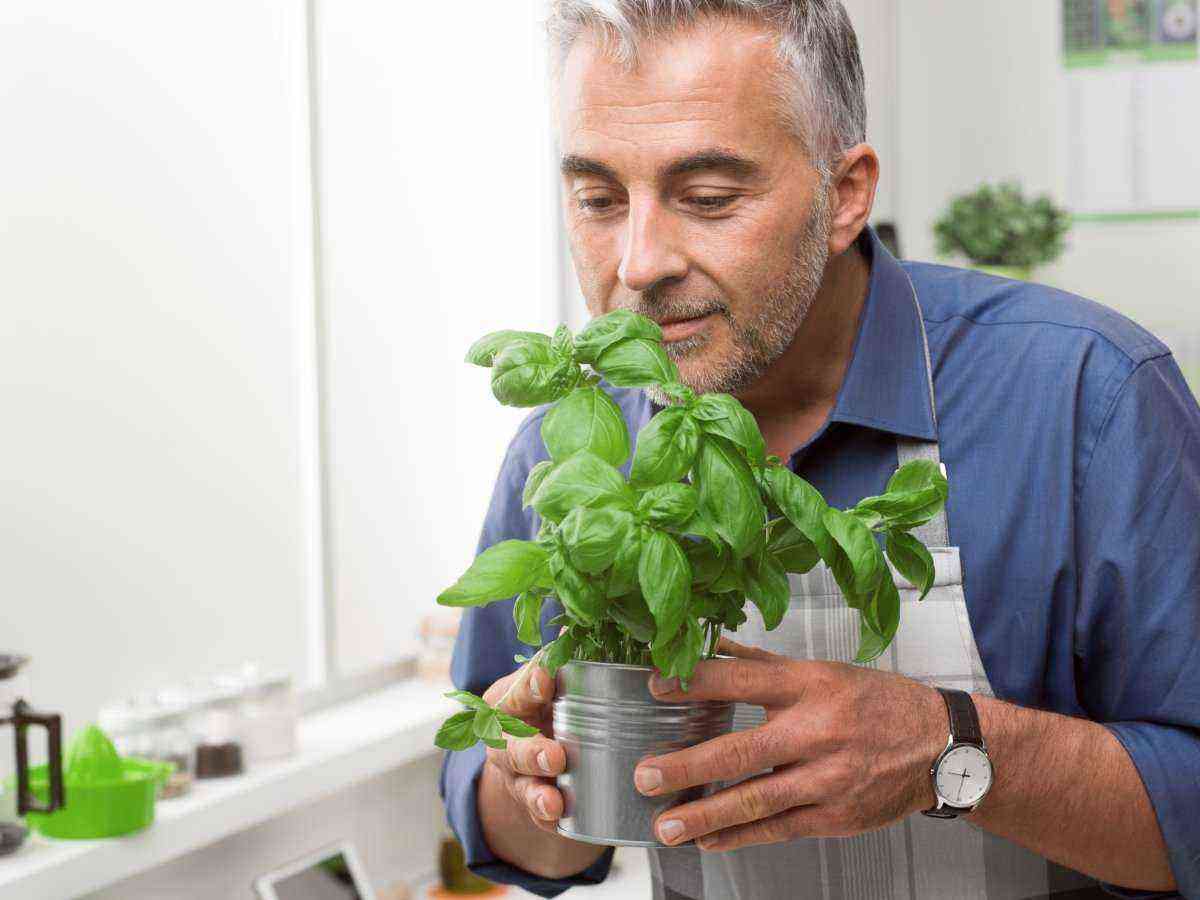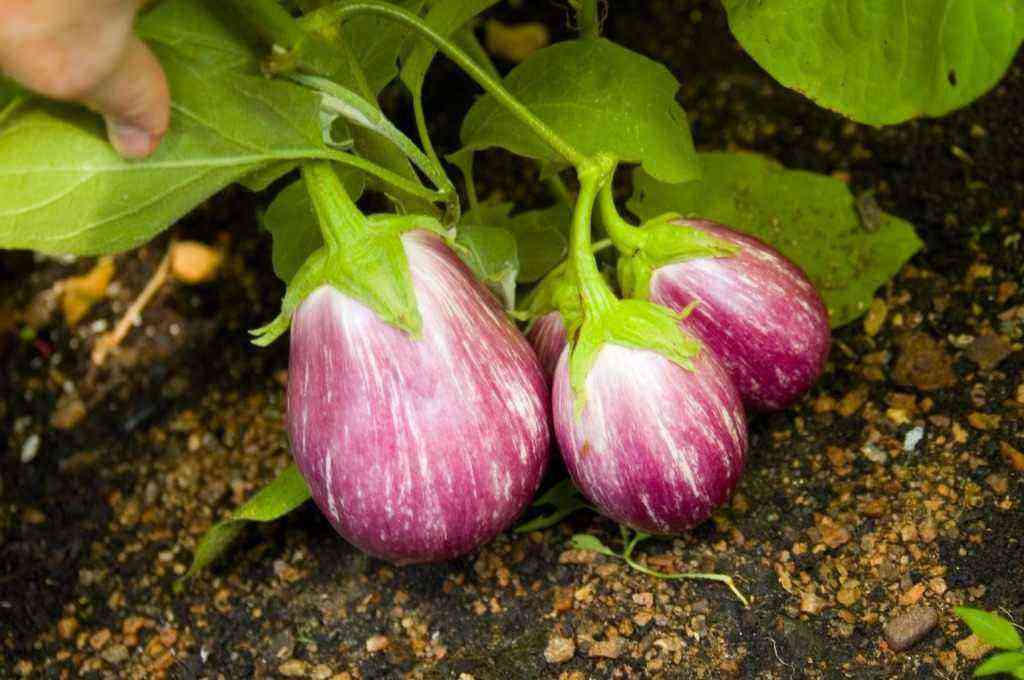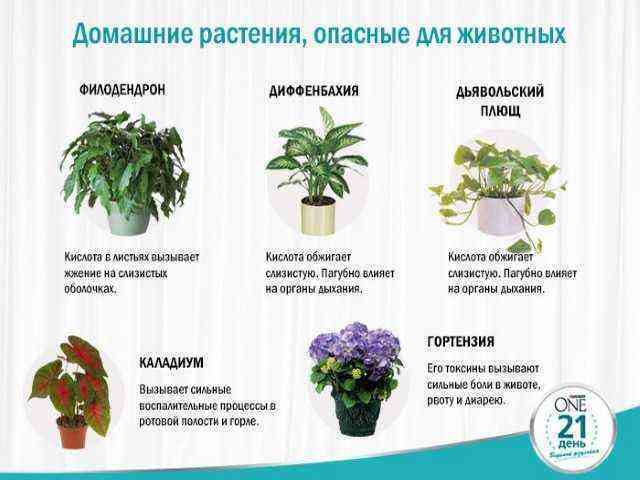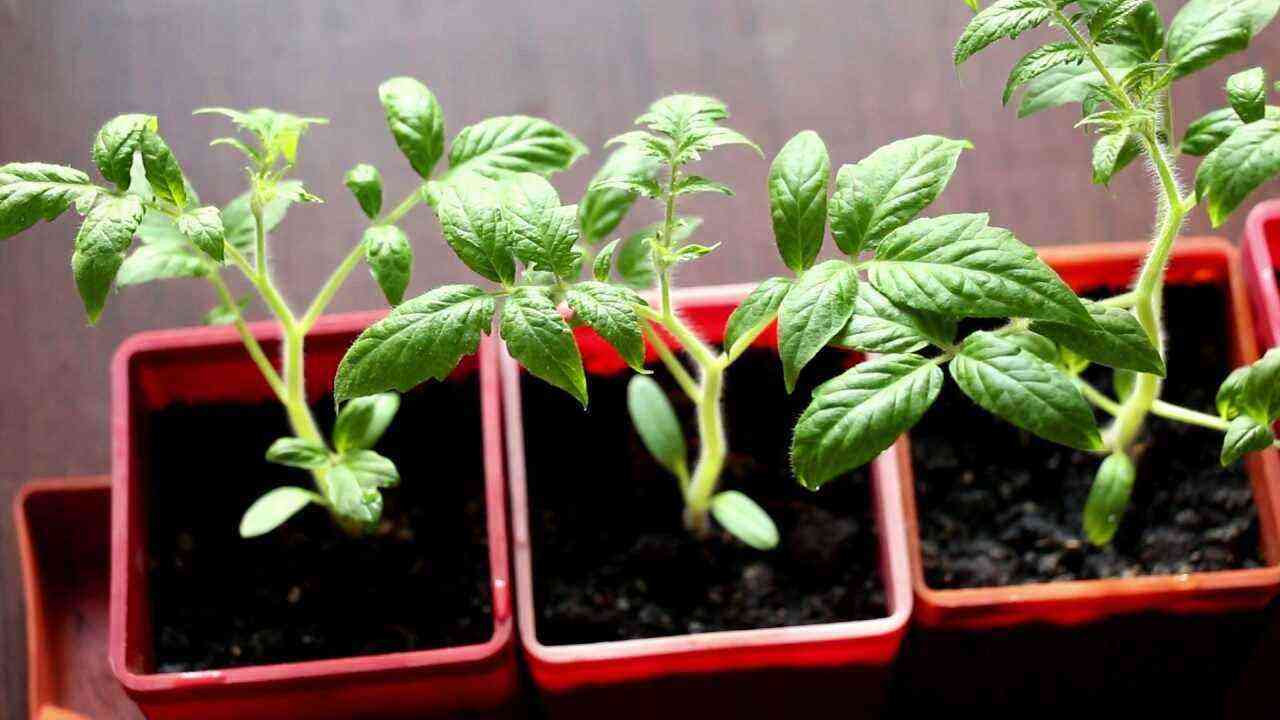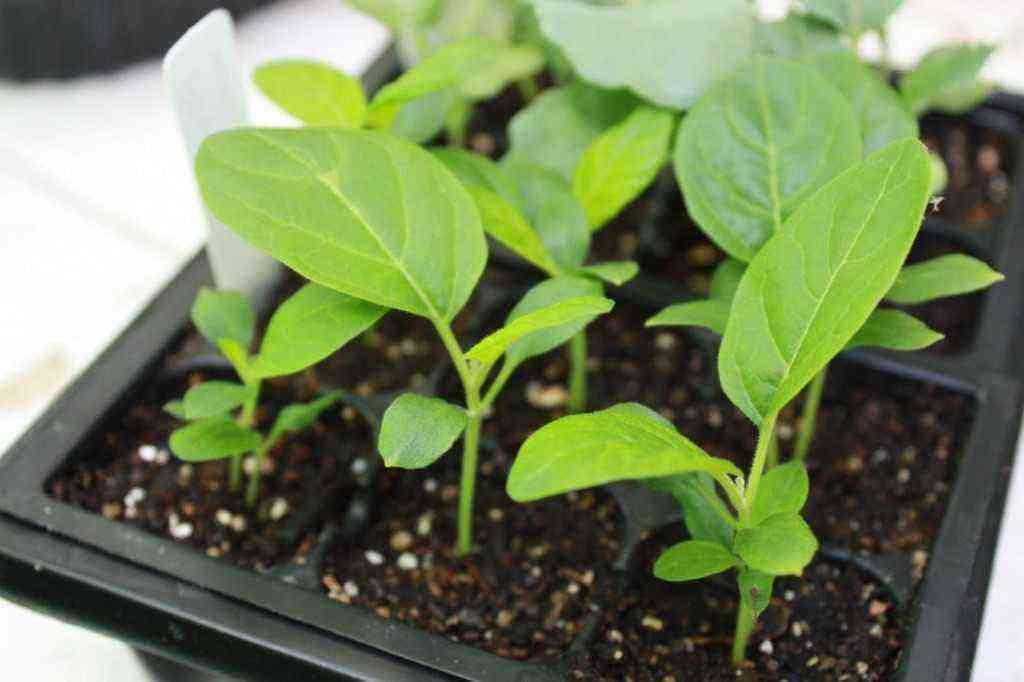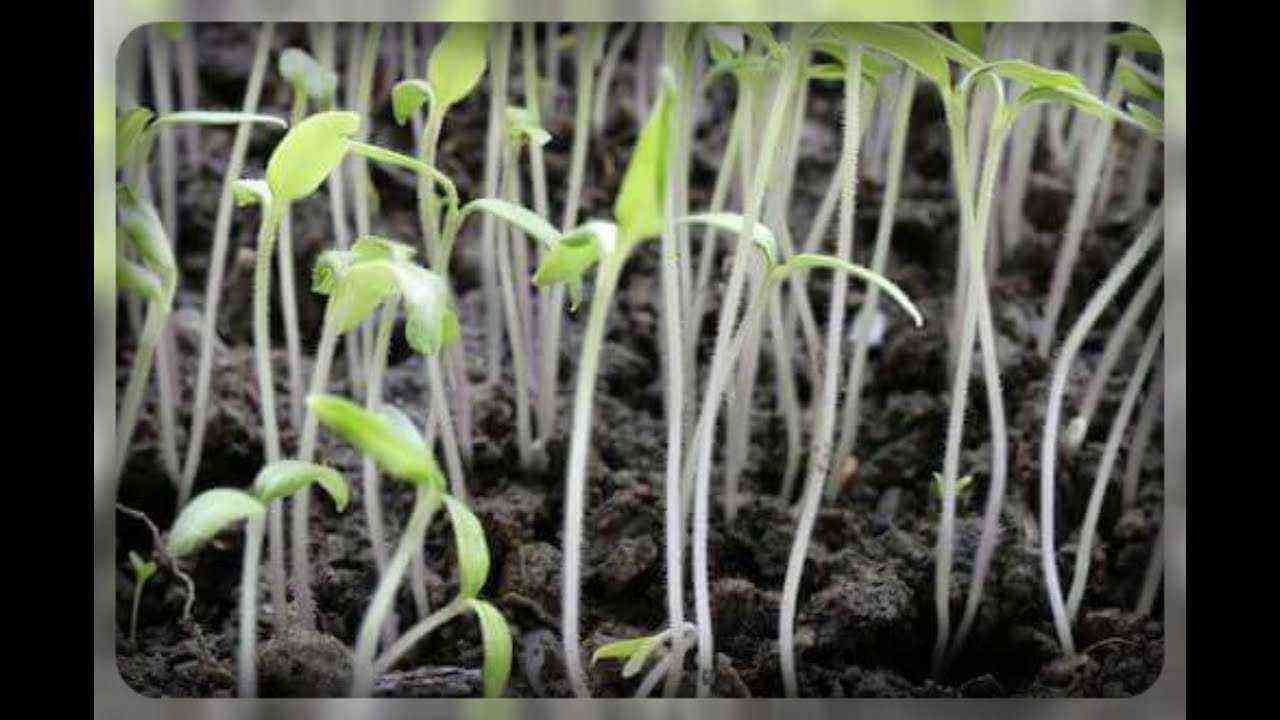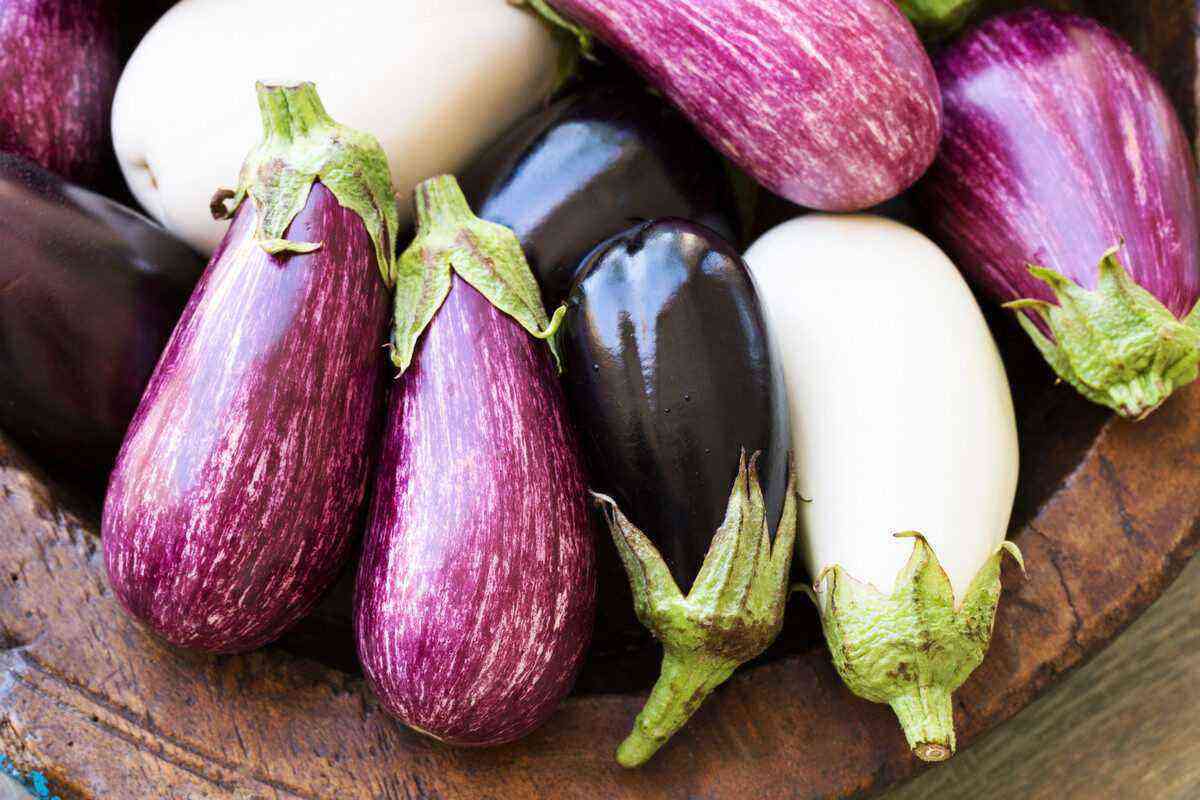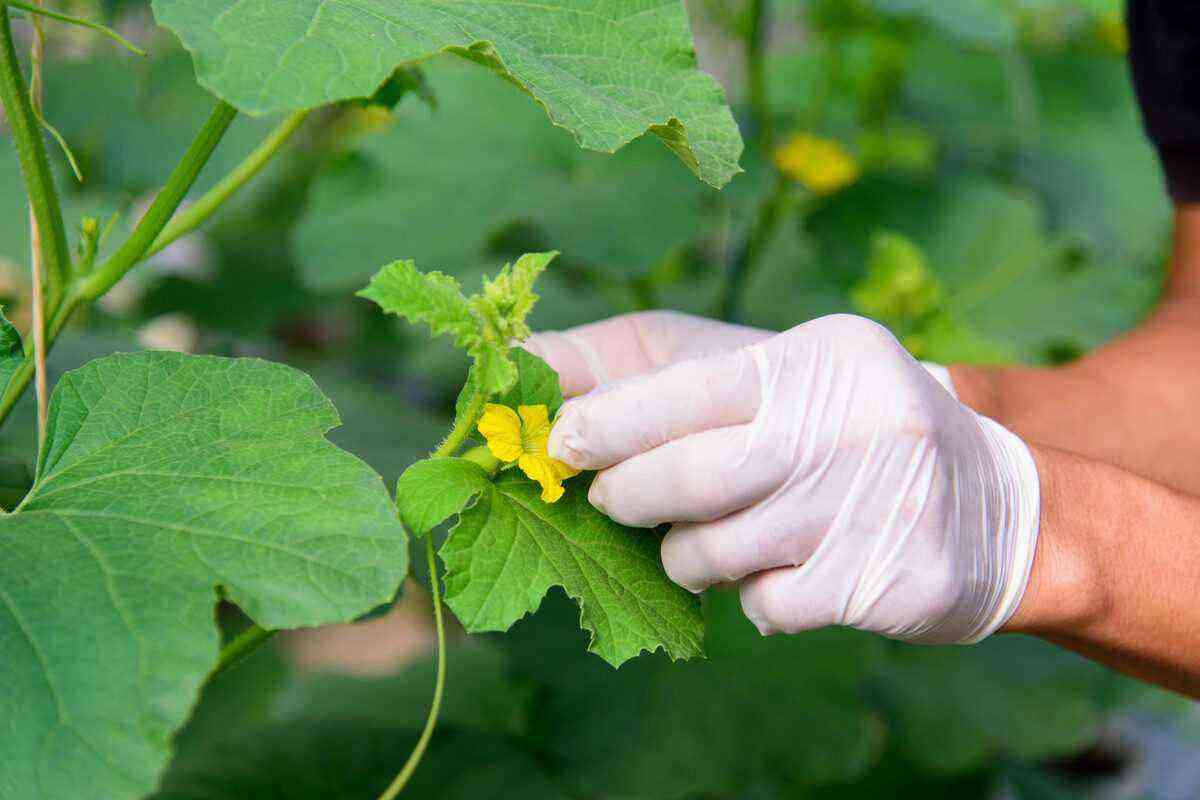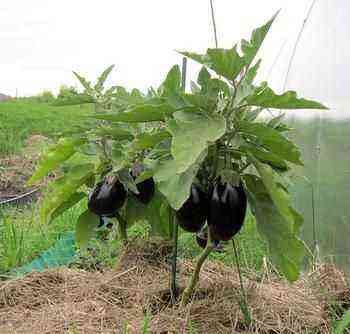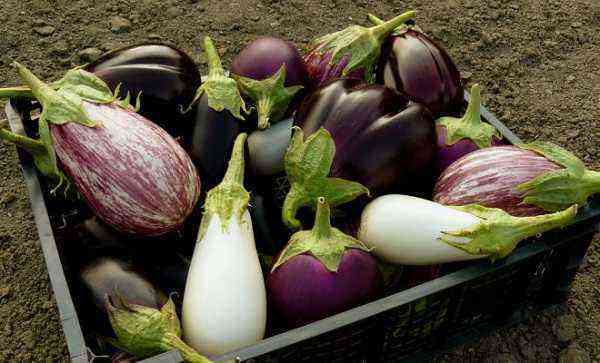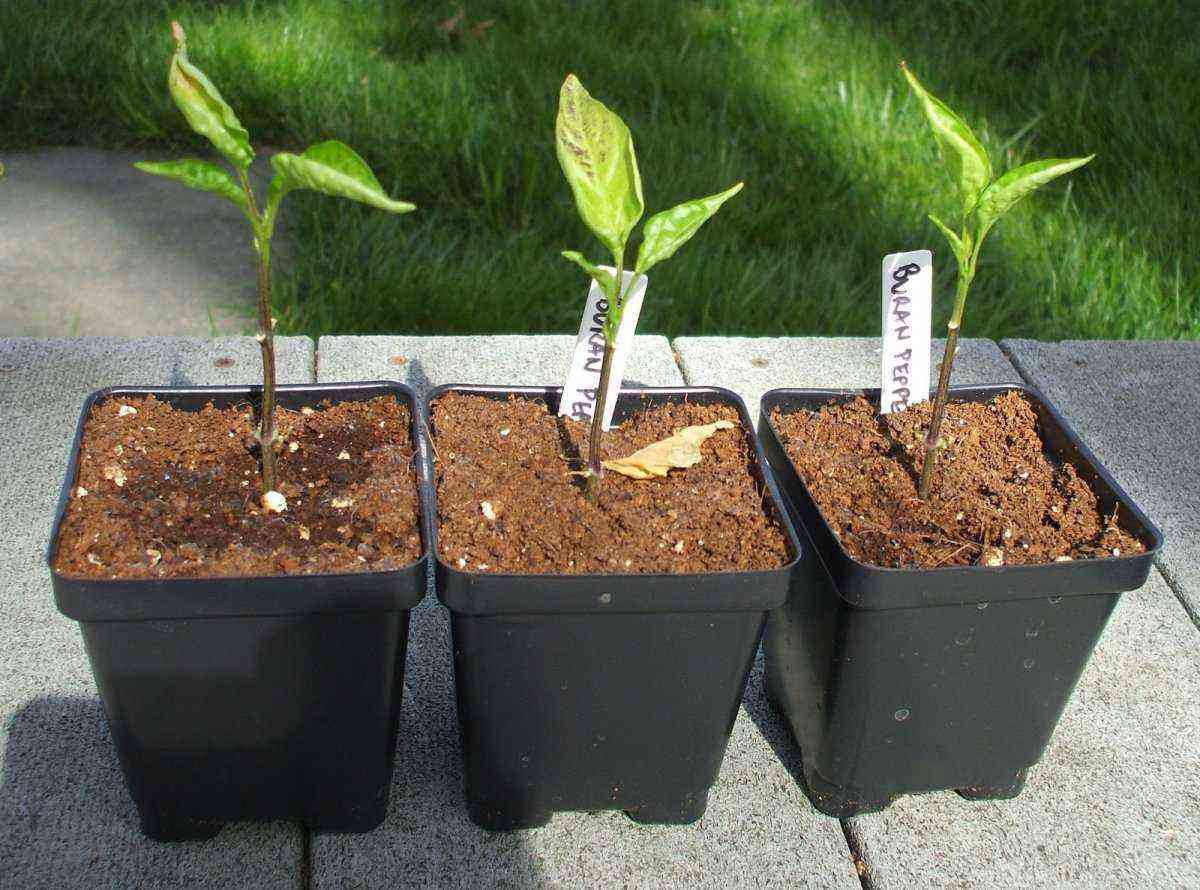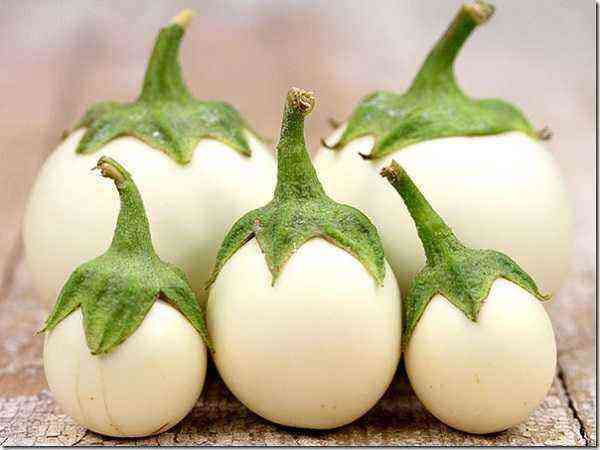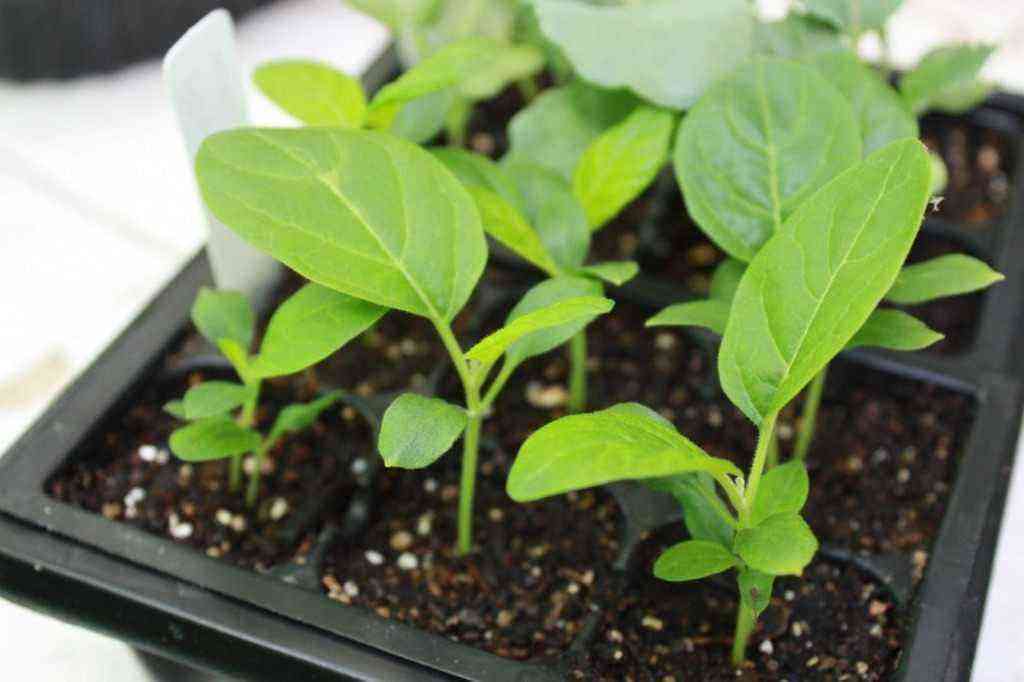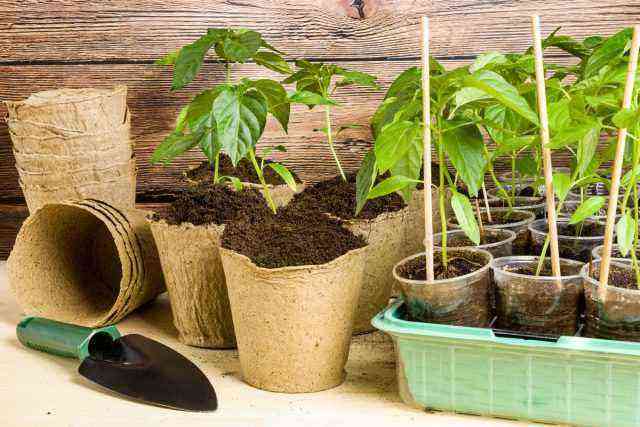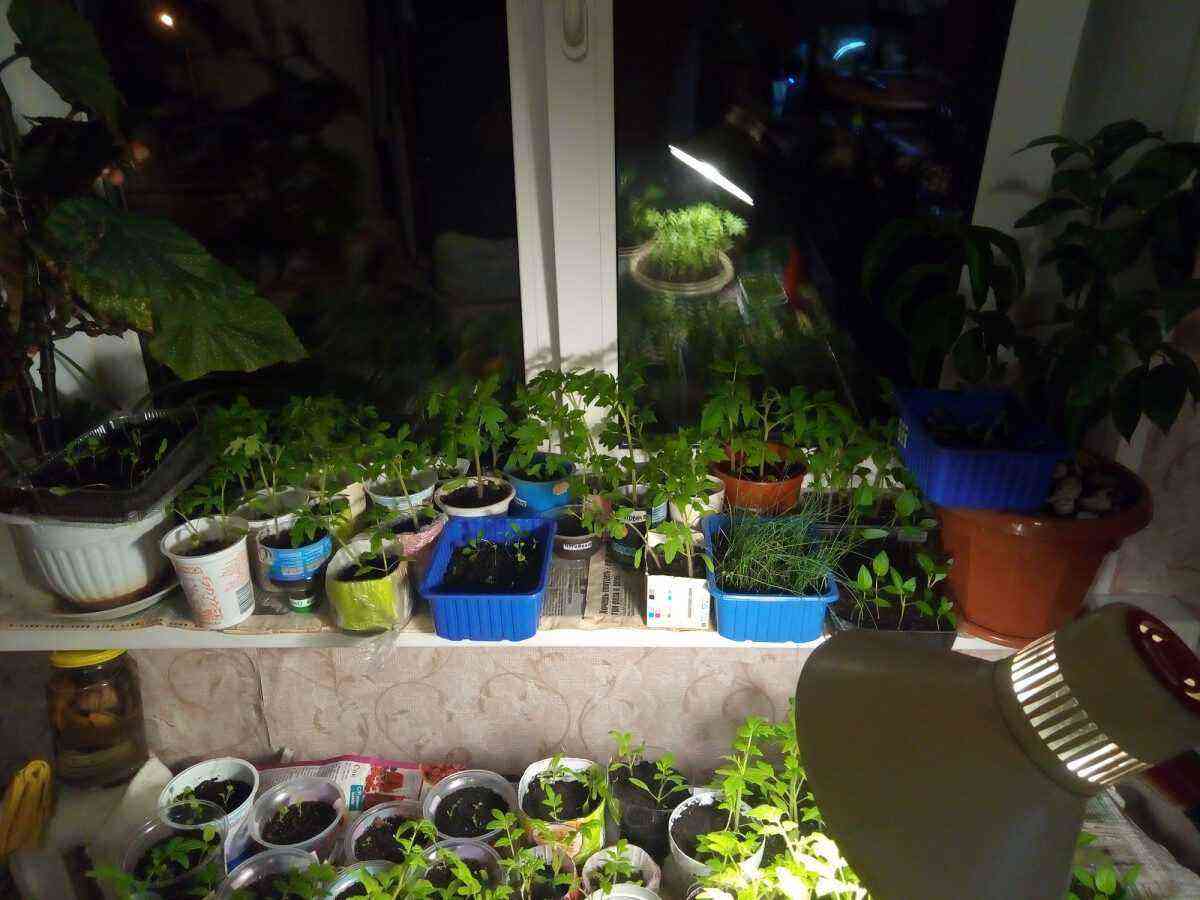After the unsuccessful experience of growing eggplant through seedlings, for several years now I have preferred to sow the seeds of this vegetable directly into the ground, while not in a greenhouse, but in open beds. The benefits are huge – eggplants do not tolerate transplanting very well, always experiencing stress and recovering for a long time. Plants grown immediately in a permanent place are healthier and hardened and begin to yield much later than those sown for seedlings. Of course, the choice of variety plays a big role. Early varieties and eggplant hybrids are suitable for outdoor cultivation – cold-resistant, compact, with small fruits.
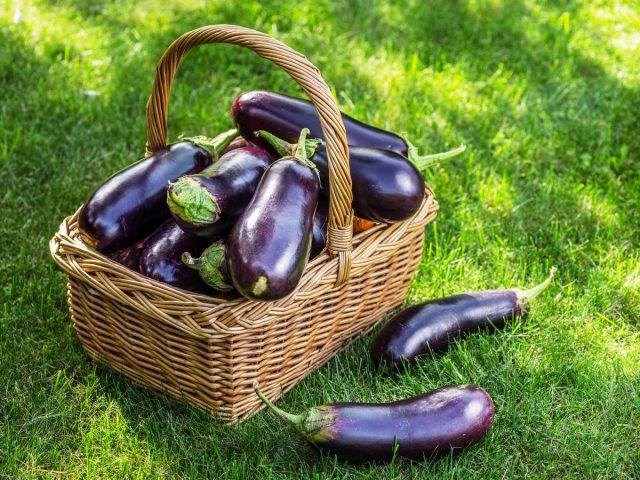 How do I grow eggplant without seedlings in the open field
How do I grow eggplant without seedlings in the open field
Contents:
Choosing a place for planting eggplant
The success of any good harvest is to provide the plant with the conditions for growth and fruiting in which it feels great. That is, as close as possible to those in which it grows in the wild. Of course, I cannot make the Indian climate for eggplants on my site (and even in the open field), although I live in the south. But you can still “cheat” eggplant a little.
First, eggplants do not like drafts. Therefore, in open ground they need to be blocked with something. Look at your site – what could it be? Maybe you can build a fence for him from improvised means (I do not mean a greenhouse). It could just be some kind of windscreen.
For this purpose, you can use some feature of the landscape of your site. For example, my garden has a square shape and is located on a hillock. Fruit trees adjoin to it to the right, and I sowed corn perpendicular to them. It grows quickly and forms a living wall on one side. Thus, in the upper right corner of my garden is an ideal place for eggplant: it warms up well (on a hill) and is protected from drafts.
Eggplants must be included in the crop rotation table, and in this table they should take first place after the cultivation of the land with manure. It is allowed to plant them after lettuce and radishes, but in no case should eggplants be planted after other nightshade plants – potatoes, tomatoes, peppers.
Eggplants are very fond of fertile lands rich in humus. And they do not like to grow from year to year in the same place. Therefore, eggplants can be returned to their original place only after five years.
Read also our article How to grow eggplants in the open field.
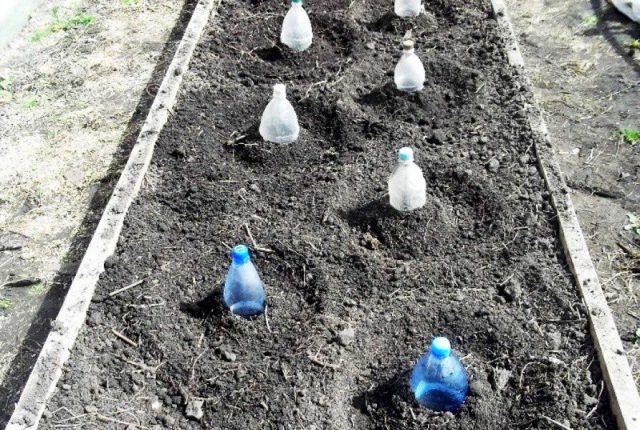 Using plastic bottles, you can create small temporary eggplant greenhouses. © poradum
Using plastic bottles, you can create small temporary eggplant greenhouses. © poradum
Soil preparation for sowing eggplant
Eggplant seeds hatch already at temperatures above +13…+14 °С, and the best temperature for their growth and development is +20…+25 °С. Eggplants do not like too high temperatures; at temperatures above +36 ° C, they may begin to drop flowers. A prerequisite for sowing eggplant seeds in open ground is that the earth at the depth of a shovel warms up to + 18 … + 20 ° С.
But I sow in late April or early May, when the ground is generally still cold. To “deceive” the eggplants, I cover the area where they will grow with black material in advance (you can even use a film), and the spring sun quickly warms up the soil under the eggplants to the desired temperature.
Eggplant roots grow very quickly, so it is important to provide them with nutrition. I put a little humus, ash, organic fertilizers on the plot for eggplants (in the already warmed soil) – I plant it in the soil and level the bed. Eggplants are very fond of warm, soft soil, neutral or slightly acidic.
Sowing
Before sowing with the bottom of a glass bottle, I make holes about 1-1.5 cm deep (you can use something else instead of a bottle) – I press the bottle into the ground, using it as a potato masher. This is necessary to compact the earth, and so that the seeds do not fail anywhere.
I spill the wells abundantly with warm water, pour 1-1.5 glasses of water into each. I put several seeds in one hole – 3-4 pieces, since not all of them hatch. The seeds are dry, I don’t soak them. I sprinkle them with slightly damp earth and cover them with a half of a plastic bottle with a screw cap. It needs to be stuck deep into the ground so that it goes into the ground a few centimeters.
This creates small temporary eggplant greenhouses. Moisture does not evaporate from there, and the temperature of the air and the earth is several degrees higher than the ambient temperature. It is better to use colorless halves of bottles.
To provide the plant with enough light, plantings do not need to be thickened. Don’t save space! It is better to plant 2-3 plants, but with a large interval and get an excellent harvest in the future. I do not have very large intervals between plants – 50 cm approximately. But eggplants are planted in a checkerboard pattern, and the distance to neighboring beds is at least 80 cm. Therefore, my eggplants in the open field receive a sufficient amount of light.
 To provide eggplants with enough light, plantings do not need to be thickened.
To provide eggplants with enough light, plantings do not need to be thickened.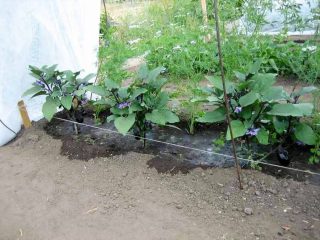 Eggplants are very fond of water. © assz
Eggplants are very fond of water. © assz
Care for eggplant seedlings in the open field
Quite quickly you can see that eggplants have hatched in the bottles. But I don’t take them off for a long time – until warm weather comes day and night, and the threat of night frosts has passed. In general, these bottles “grow” in my garden for about a month, and maybe more. Everything depends on the weather. In sunny weather, seedlings need to be aired.
Then I start to slowly unscrew the covers. You don’t have to take them off right away. The bottle has its own microclimate, and the plant is used to it. After a while, I take off the covers for the day, and put them back on at night. And now, when the eggplant already has 2-3 main leaves, I finally remove the bottles. Now they continue to grow for me in a truly open field.
After the bottles are removed, I make a revision of my eggplants. Where several of them hatched in one hole, I cut off the extra ones with scissors. I leave the most beautiful and healthy. From time to time I carefully spud them, raking the earth to the stem. I do this several times during the season.
Eggplants, like sweet peppers, are very fond of water. They definitely need to be watered more with warm water, especially during flowering. Otherwise, they may drop the flowers. I water my eggplants every day – about 10 liters of water per linear meter of the bed. If it is not possible to water every day, then this can be done less often, but much more abundantly and be sure to mulch the soil.
It is important to feed eggplant throughout the season. Once every 10 days I apply either very little mineral fertilizers or ash to them, I water the libre with an infusion of weed grasses.
In general, this is where eggplant care in the open field ends. When there are already 5-6 fruits on the plant, you can cut off or pinch the top so that they have time to ripen before the end of the season. And you need to collect ripe fruits as they ripen, it is better to cut the fruit with a pruner so as not to injure the entire plant.
Read also our article Eggplant in a greenhouse – growing rules and the best varieties.
